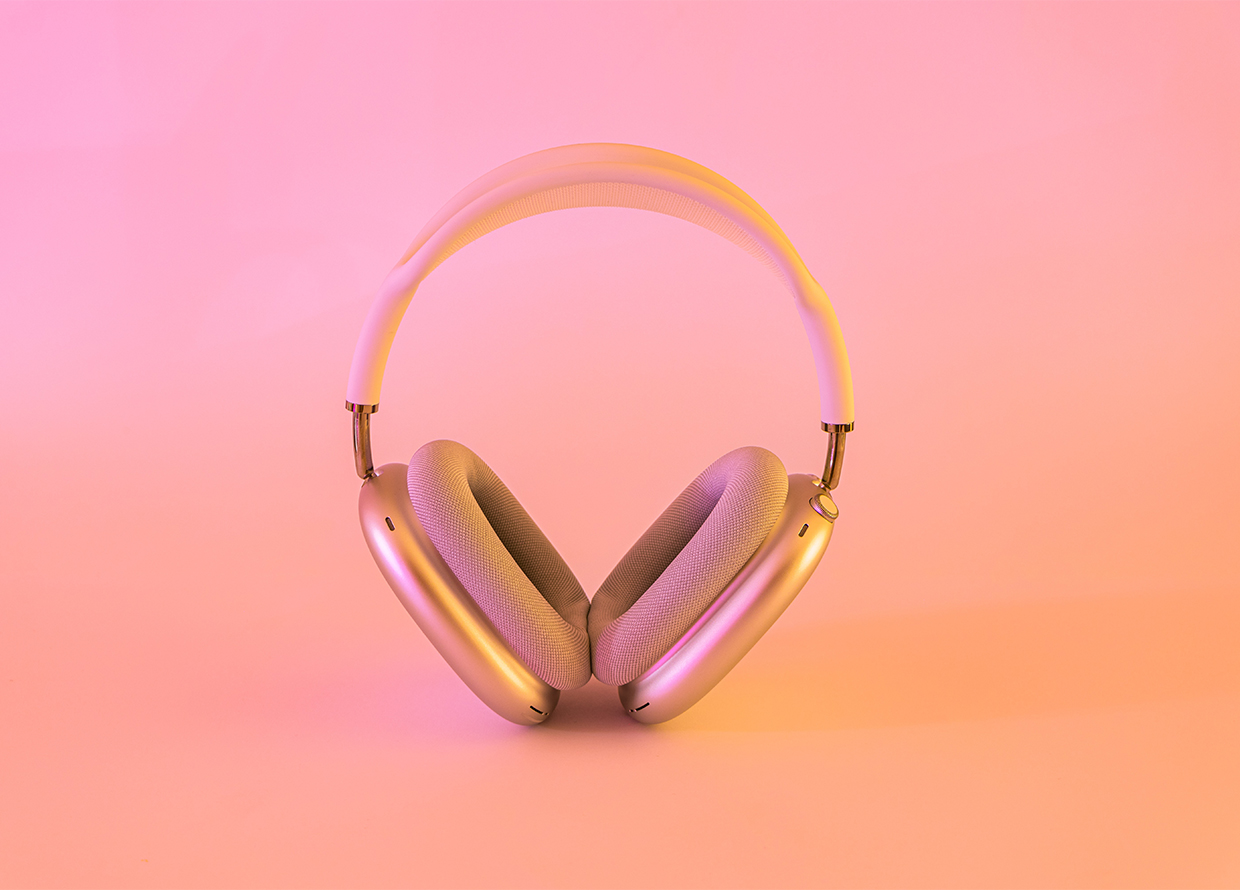Spatial audio vs. noise cancellation: What it is and how it works
Tech talk

As technology advances, there are more and more features that claim to add value to our lives. Listening has evolved from focusing on the sound’s bass and clarity to wanting to feel like you’re part of the mission from that movie you’re watching—because who doesn’t like to be included?
Now the confusion often comes when you’re searching for a new device. Be it headphones or speakers, suddenly all these foreign, new terms are thrown at you and you’re probably like, “Huh…?” Don’t worry, we were the same.
Do the terms spatial audio and noise cancelling sound familiar? Perhaps you’ve heard it one too many times from different brands, but it’s still a case of you know, but don’t know. In this article, we’ll be deep-diving into what it means to have spatial audio and noise cancellation features in your device and do you really need both?
WHAT IS SPATIAL AUDIO?
Spatial audio is a way of making sound go 360 degrees around a listener. It essentially immerses the listener in a sound that’s more engaging and allows for a deeper experience; so whether you’re watching a movie, listening to music, or playing games—it makes listening more fun.
View this post on Instagram
WHAT IS NOISE CANCELLING?
Noise cancelling reduces the ambient sounds around a listener. It uses a built-in microphone to analyse ambient sound waves and generates the opposite sound waves to reduce the surrounding sound. Noise cancelling devices have a built-in microphone which produces the opposite reversed sound waves to neutralise surrounding noise. There is also transparency which is a type of noise cancellation that lets noise merely pass through.
Depending on the device you have, there are different types of noise-cancelling modes that you can use:
Active Noise Cancellation (ANC)
This is mostly used in over-ear headphones and is the most familiar type. It uses microphones and speakers to reduce background and surrounding noise.
Passive Noise Cancellation
This type is used for over-ear headphones and in-ear earphones where the earbud itself will keep surrounding noise out. It essentially uses well-designed ear cups to seal out unwanted noise.
View this post on Instagram
Adaptive Active Noise Cancellation
This is an elevated type of ANC where the level of noise digitally and automatically adapts—using microphones and speakers—to its surroundings.
Adjustable Active Noise Cancellation
This type allows you to change the amount of background noise you hear by manually adjusting the noise cancellation levels—thus, giving you full control.
Transparency Mode
This mode allows you to tune back into your surroundings without switching off your music or taking out your earphones.
Adjustable Transparency Mode
This mode lets you change as much of your surroundings as you want to hear without switching off your music.
View this post on Instagram
WHAT ARE THE DIFFERENCES BETWEEN THE TWO?
Both noise cancellation and transparency block noise, but noise cancellation blocks all noise while transparency lets outside conversation pass to your ear. On the other hand, spatial audio creates surround sound effects.
Simply put, spatial audio expands sound to your whole space and lets you immerse fully in it; while noise cancelling and transparency get rid of the unwanted background noise and allow you to focus on one thing at a time.
DO I NEED BOTH SPATIAL AUDIO AND NOISE CANCELLATION?
Well, there isn’t a set answer for that, as it depends on your preference. However, being able to enjoy the best of both worlds is definitely a plus. There are plenty of products in the markets that have both features in their devices. It’s just another way to enhance your listening experience and allow you to truly enjoy what you’re listening or watching.
Read more tech stories here.
| SHARE THE STORY | |
| Explore More |



